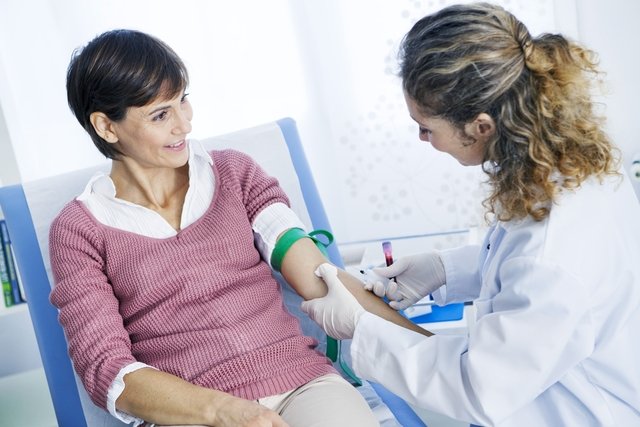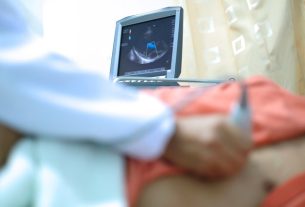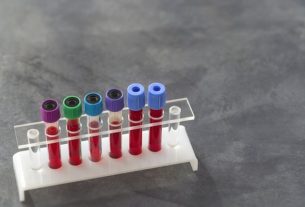Estrone is a type of estrogen, known as E1, produced by the ovaries, adrenal gland and fat cells, exerting its effects on the reproductive, nervous, musculoskeletal and cardiovascular systems.
Although estrone is the type of estrogen that is in the least amount in the body, it is one of the ones that has the greatest action in the body and, therefore, its evaluation can be important to check the risk of cardiovascular diseases or even cancer.
Therefore, this test may also be requested by the doctor when estrogen hormone replacement is performed, to assess the balance between the 3 types of estrogen, ensuring that it is not contributing to the emergence of any disease.

What is it for
The estrone test is used to:
- Investigate the symptoms of menopause;
- Investigate the cause of postmenopausal vaginal bleeding;
- Diagnose hypogonadism;
- Assist in the diagnosis of ovarian tumor or cervical cancer;
- Investigate the cause of infertility;
- Assess the cause of feminization traits in men, such as breast growth.
Furthermore, the estrone test may be recommended by the doctor to monitor hormone replacement therapy during menopause.
How the exam is carried out
The estrone test is carried out by collecting a small blood sample, which is sent to the laboratory to measure estrone levels (E1).
There is no specific preparation for the estrone test, however, if you are taking any type of hormone replacement medication or oral contraceptive, the doctor may ask that the medication be taken approximately 2 hours before the test, to reduce the risk. causing a false change in values.
In some cases, in addition to the estrone dosage, the doctor may indicate the dosage of estrogen and/or estradiol and estriol levels.
Do you have questions about your exam results?
The reference values for the estrone test vary according to age and gender, the main ones being:
1. Reference value for women
In the case of women, estrone levels may vary according to the phase of the menstrual cycle.
Normal estrone levels in women are shown in the following table:
Additionally, reference values for estrone during pregnancy are 61.7 to 715.4 pg/mL in the 1st trimester, 166.8 to 1861.5 pg/mL in the 2nd trimester, and 1039.2 to 3209.5 pg/mL in the 3rd trimester.
2. Reference value for men
The normal estrone value for adult men over 18 years of age is 13 to 149 pg/mL.
3. Reference values for children
In the case of children, reference values may vary according to gender and age, as indicated in the following table:
Estrone values for both children and adults must be interpreted by the doctor together with other hormonal tests.
What does the exam result mean
The result of the estrone test should always be evaluated by the doctor who requested it, as the diagnosis may vary according to the person’s age and gender.
In general, increased estrone values are present in pregnancy and the luteal phase of the menstrual cycle, and may also be increased in the case of female tumors, precocious puberty or obesity.
On the other hand, decreased estrone levels are typically indicative of hypogonadism.
Bibliography
- DAVIS, SR; et al. Estrone Is a Strong Predictor of Circulating Estradiol in Women Age 70 Years and Older. J Clin Endocrinol Metab. 105. 9; e3348-54, 2020
- BIOLIDER. Estrone E1 – reference values. Available at: <https://biolider.com.br/wp-content/uploads/2021/01/E_-ESTRONA.pdf>. Accessed on May 16, 2023
- REZVANPOUR, A.; DON-WAUCHOPE, A. C. Clinical implications of estrone sulfate measurement in laboratory medicine. Crit Rev Clin Lab Sci. 54. 2; 73-86, 2017
- OLIVEIRA, JADE; PERUCH, MARIA HELENA; GONÇALVES, SABRINA; HAAS, PATRICIA. Female hormonal pattern: menopause and replacement therapy. 2016. Available at: <http://www.rbac.org.br/artigos/padrao-hormonal-feminino-menopausa-e-terapia-de-reposicao-48n-3/>. Accessed on September 9, 2021




